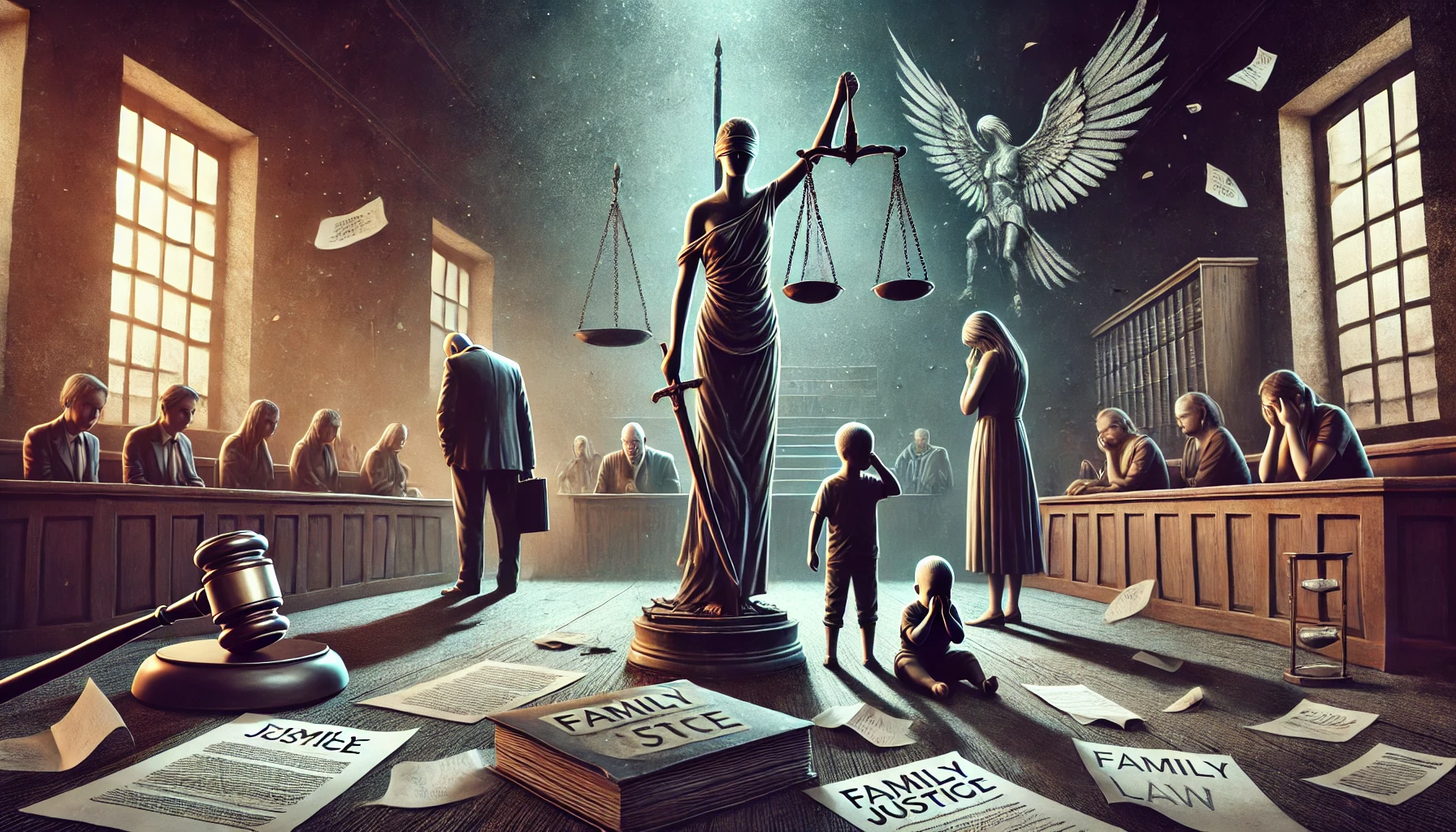Authored By: Ishan Sharma
Gurugram University
INTRODUCTION
Capital punishment derives from the Latin word capitalis[1], which means of the head. Capital punishment is known as the death penalty which is given by a court of law when the offender commits a heinous crime in society. Crime is something that is against[2] the law and culture can’t accept it some crimes are very heinous and society comes into fear of that unlawful activity society demands that offenders be punished with death or imprisonment life apart from the death penalty based on deterrent theory which means that accused should be prevented from committing crime and state will take revenge on the behalf of the victim. In today’s modern world and with India’s growth towards modernization government will sign various treaties and conventions like UN, UDHR, ICCPR, and CERD which protect human rights and capital punishment is against human rights. The court of law also avoids giving the death penalty to the accused because judges will examine every aspect of the crime and its nature, and the status of the accused after that they will make their decision and the judge’s main intention to reform that person’s mindset rather than take their life.
History[3] Of the Death Penalty
In the 18th century, Jeremy Bentham a social philosopher was concerned about legal and penal reforms they promoted reforms Bentham used a different approach which reformed the accused rather than giving him death, the deterrent [4]model is assumed to be drawn from the classical school of criminology. This means the theory of deterrence is not a tool in itself for achieving crime prevention in society. The effectiveness of such a theory is seen in the introduction of new laws along with associated threats of punishment. In India, after the advent of British rule, the penal laws and various other laws prevailed in a systematic form which is codified properly and when changes arose in society these panel laws would be reformed. In ancient India, punishment was meant to maintain social order and the first text where we understand the law in ancient India is dharmasastra where proper law would defined and manusmriti also one where punishment was mentioned. After 1947 India became a democratic state system of awarding the death[5] penalty would change and reform the Indian penal code because each law derived power from the constitution and if the constitution gives rights to citizens or individuals any law does not curtail it, Article 21 of Indian constitution talks about the right to life and personal liberty every one has right to live with dignity no one can curtail the life of individual except procedure established by law.
CAPITAL PUNISHMENT IN INDIA
After independence India became a republic and democratic nation, they signed many entities which subject to human rights protection and secure social order in society. In today’s scenario, India will repel all three penal laws that were given by British India and adopt new criminal laws: Bhartiya Nayaya Sanhita, Bhartiya Sakshya Adhiniyam, Bhartiya Sakshya Suraksha Sanhita in these not-so-much changes occurs but slight changes have been found in these laws, in Bhartiya Nayaya Sanhita were added new punishment of community service apart from that death penalty was become secondary punishment court will think about it whether given the order of death penalty because the burden will lie on judges whether they given capital punishment or not. In the Landmark Judgement of the Supreme Court Bachan Singh V. State of Punjab, the court held that the death penalty only occurs in rarest to cases where the court examines the nature and brutality of the crime and what is the status of the accused person. The judgment said A real and abiding concern for the dignity of human life postulates resistance to taking a life through law instrumentality. That ought not to be done except in the rarest of rare cases where the alternative opinion is unquestionably foreclosed. In 2024 where Supreme Court did not confirm any death sentence revealed from the report of project 39A [6]of Nlu Delhi. Five were [7]executed in 1982 and 1985.
MORALITY OF THE DEATH PENALTY[8]
The morality behind the death penalty is a debatable topic many philosophers favour it and many oppose the death penalty.
- Retribution: This perspective emphasizes an eye for an eye. Supporters argue that those who commit heinous crimes believe that the death penalty provides just punishment to the criminal and pays a price equivalent to the harm the accused caused.
- Deterrence: Some argue that the death penalty deters potential criminals from committing violent crimes, as the fear of execution acts as a powerful deterrent.
Argument against
- Violation of human rights: There was a strong argument that the death penalty violates human rights and is totally against the right to life and personal liberty under Article 21.
- No proper Justice: Many accused were under trial they were not guilty of the offence but due to lack of evidence about that they were trapped in a web which led to injustice.
- Ineffectiveness as a Deterrent: The research has shown that there is no clear correlation between the death penalty and crime deterrence. Nations abolishing it, like Canada and Europe, did not observe any rise in violence; what matters more is poverty and education for prevention.
CONCLUSION
In India capital punishment was confirmed by the Supreme Court in the last two years, capital punishment is a very serious type of punishment that depends life of the accused or innocent person court will examine the nature of the crime and what kind of brutality is done by the accused person. When the death penalty is confirmed by the Supreme Court so accused has the right to file a mercy petition in front of the president, the president has the right to give relief to the accused and even release them from all liability like a pardon that is not a right of accused it’s a type of grace which grant by president. According to the data many of the accused in prison were under trial or even demanded true justice.
Reference (S)
[1] “A CRITICAL STUDY ON CAPITAL PUNISHMENT AND ITS IMPACT IN INDIA BY – SHARADH SURESHBABU & MS. U. RAGAVEE” <https://www.ijlra.com/paper-details.php?isuur=2213>
[2] Mohapatra CA and Madhukallya D, “A Brief Insight on Death Penalty Laws in India” (July 15, 2021) <https://papers.ssrn.com/sol3/papers.cfm?abstract_id=3887333>
[3] Agrawal A, “History of Capital Punishment in India” (LawBhoomi, February 7, 2025) <https://lawbhoomi.com/history-of-capital-punishment-in-india/#:~:text=During%20the%20British%20era%2C%20capital,in%20the%20Indian%20independence%20movement.>
[4] Philip CE and School of Legal Studies, CMR University, Karnataka, “Theory of Deterrence: A Justification for Capital Punishment,” vol 1 (2023)
[5] Kumar A, “Death Penalty and Its Evolution” (TSCLD, May 21, 2024) <https://www.tscld.com/death-penalty-and-its-evolution-in-the-indian-legal-system>
[6] “Project 39A” (Project 39A) <https://www.project39a.com/>
[7] Jain R, “CAPITAL PUNISHMENT IN INDIA: AN ETHICAL ANALYSIS” [2021] Symbiosis Law School Nagpur Multidisciplinary Law Review 26 <https://www.slsnagpur.edu.in/assetsnew/pdf/newreviewpdfs/reema.pdf>
[8] Srivastava A, “THE DEBATE ON DEATH PENALTY: MORALITY AND PRACTICALITY » Lawful Legal” (Lawful Legal, December 18, 2024) <https://lawfullegal.in/the-debate-on-death-penalty-morality-and-practicality/>





